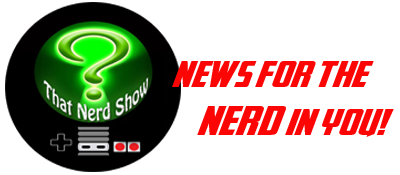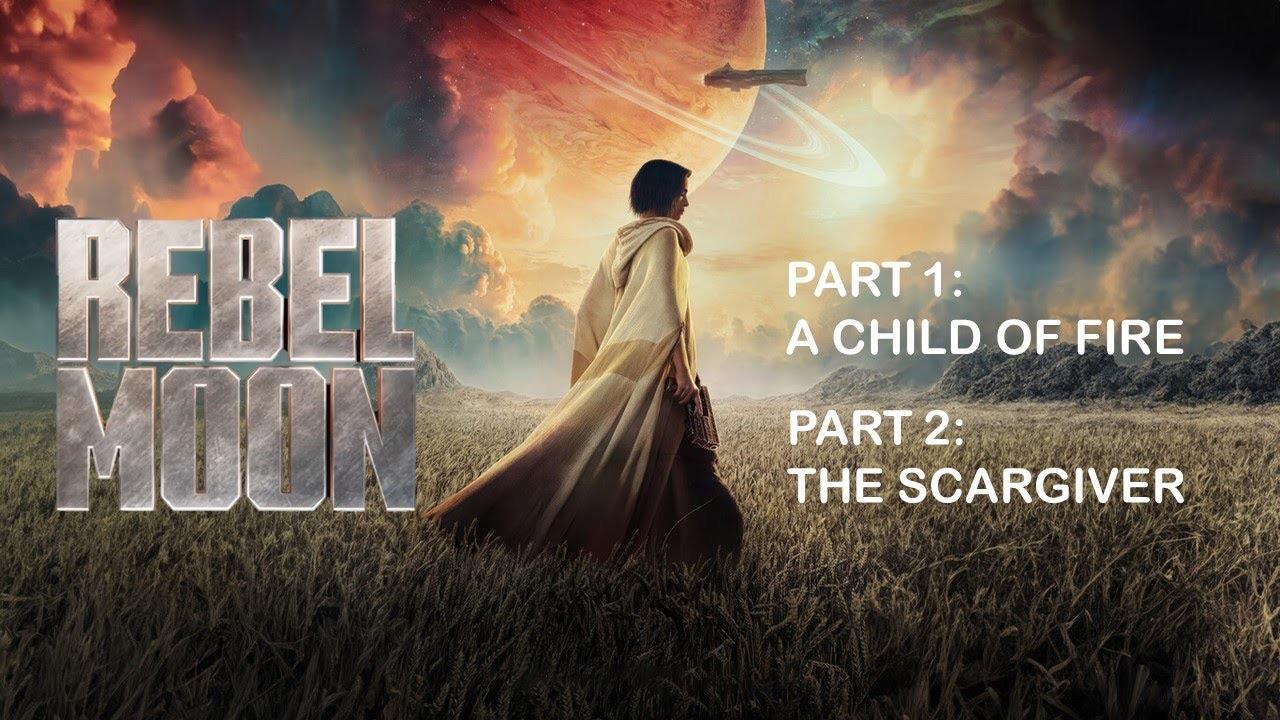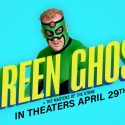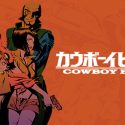I love a good SciFi movie. Take the 1954 movie “Them,” or 1982’s “The Thing” and most certainly “Alien” and “Event Horizon.” These movies get in, tell a story and get out. They’re not epics, they reside in the land of tighter storytelling, where an audience gets everything they need in under 2 hours. From there, films become decidedly more epic. “Rebel Moon – Part One: A Child of Fire,” and “Rebel Moon – Part Two: The Scargiver” (known from here out as Rebel Moon I and Rebel Moon II) caught between tight and epic. In truth, these two films are in dire need of a better editor and much more. Making a good epic film is tough. It requires world building, nuanced characters and weaving storytelling arcs together into a grand culminating vision. So how do we size up our double feature Rebel Moon I and Rebel Moon II?
Synopsis
In Rebel Moon I (released in 2023), we are introduced to Kora, played by Sofia Boutella, a former Imperium soldier adopted by a (Norse?) farming colony on the moon of Veldt. Lording overhead (literally) is the sadistic and amoral Atticus Noble, played by Ed Skrein, and imperialistic Motherworld with its armies. Kora’s adopted home is caught up in the Imperium’s search for rebel forces and food. If that last line item seems random for a galaxy wide imperium to be overly concerned with, roll with it, because both movies’ story arcs are completely dependent on bags of flour and it’s pure coincidence the imperium slides up to Veldt at all. Kora’s bad luck and her village’s chef’s kiss-worthy flour, forces her to venture off and find allies to fight off the Motherworld’s encroaching forces. After a series of side quests that would rival Yul Brynner in “The Magnificent Seven,” she rounds up a do-gooding band of heroes just before an epic battle with an epic betrayal, where good seemingly triumphs over evil.
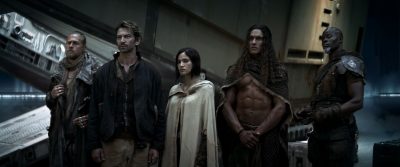
Rebel Moon II, released April 19, 2024, starts with Kora and her band of misfits returning to Veldt all smiles from their victory, only to discover the enemy is as strong as ever. Following a weirdly upbeat harvesting montage (that flour is important), training the villagers to defend themselves begins with the imperium only days away. Time may be short, but General Titus, played by “Djimon Hounsou,” thinks this is the best time to bond. The cohorts delve into their feelings and tragic backstories, deepening their relationships. We are also treated to the dark secrets behind the royal assassination mentioned, but not fully revealed during Rebel Moon I. With a closet full of skeletons opened, the battle to end all battles pops off with, you guessed it, bags of flour stacked everywhere. Blood, death and self sacrifice fill the screen as a bunch of farmers go toe-to-toe with trained soldiers. With the help of their heroes, and a robot sporting an existential crisis, they prevail against all odds.
This final victory sparks a new mission and newly revealed secret information about Princess Issa, played by Stella Grace Fitzgerald, who Kora thought was long dead. Also, maybe Kora could overthrow Regent Balisarius, played by Fra Free, along the way. The stage is set for at least one more film set in the Rebel Moon universe, if the Netflix execs cosign that is.
If you couldn’t tell from the synopsis, director Zack Snyder has stretched his story too thin, just like Peter Jackson and the Hobbit. The is a single SciFi flick masquerading as two epics films, and missing the mark.
Zack Snyder is a poor storyteller.
Unlike most of his films, where Snyder is working from other creator’s source material, Rebel Moon I and II is his. Snyder did take heavy inspiration from Star Wars and even pitched it to LucasFilm and Disney. Apparently he was still in film school when he conceived the film, and the end product smacks of a film student dipping into a studio budget.
Maybe I’m being too harsh. He has made some solid choices. The narrative arc, for instance, is as tried and true as it gets. Troubled good guy is tasked with protecting the weak and given an insurmountable task, goes out and gathers disparate heroes to fight the good fight, sacrifices are made, and, against all odds, the weak are saved and good prevails. Timeless.
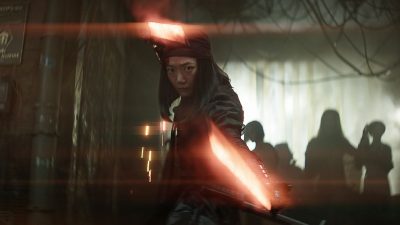
This narrative has served so many movies well. Replace a few names and places and you’d be hard pressed to differentiate it from “Avengers,” “Guardians of the Galaxy,” “Lord of the Rings,” and, yes, “Star Wars.” If you want a real deep cut, then just check out “Seven Samurai” that inspired much of this.
The narrative works, but what about the characters? Are they the shining lights that will set this film above the rest? No. Many of the characters are awkwardly two dimensional and what character development is done, is crammed oddly into Rebel Moon II. We went through two hours of Rebel Moon I and about halfway through part II, before we got the main casts’ backstories. Another case made for trimming the fat and making one movie instead of two, but that’s not Snyder’s style.
Style over substance
It’s nearly impossible to discuss a Snyder film without delving into the director himself and his past works. He’s been hailed as a visionary director by IMDB and isn’t bashful in allowing his X(Twitter) handlers to do so, as well. I can’t deny his visual style is striking. Honestly, it’s his use of CGI, and set design that has drawn me in so often. I’ve seen most of his films and overall, I’m a huge SciFi fan and lover of dystopian films, which is his bread and butter. However, where the hyper-violent grittiness and muted color palettes can be seen as a flavor to delight the senses in many films, the overuse of it in the place of better storytelling … is cloying.
Several of his films have seen critical and financial success, but the likes of “300,” “Man of Steel,” and “Army of the Dead,” are relegated to the shelf where I stick flicks I enjoyed once, but not enough to rewatch. He also makes cult hits, and films that are basically meme generators. “Sucker Punch” is quintessential Snyder in all its glory, mashing his music video roots and his visual direction style, not a great movie, but on my list of cult favorites. “Watchmen” is another cult favorite that inspired an infamous Robot Chicken sketch. I can’t leave out “Batman vs. Superman,” or his famous Snyder cut of “Justice League”, because of the entire genre of memes that flooded the Internet following the films.
Each of his movies has sticking points that annoy me, some of which I consider major flubs that ruin films and even franchises. Unfortunately, his Rebel Moon franchise isn’t his first foray into world building. His decisions have skewed the entire DC multiverse, whether he’s directing or not.
Snyder took on “Man of Steel” the opening salvo of the DC multiverse. In true Snyder style, the hero is stoic and brooding, which represents Superman narrowly, and not as a leader. He misses the mark on what makes Superman a great character. An entire city is destroyed in the battle against Zod, again this is counter to Superman’s character, and completely missing out on a more nuanced and better fight where Superman is torn between the people he needs to save and his fight against Zod. Snyder doubles down on these decisions and makes this whole mess the epicenter of “Batman vs Superman.” His choices reverberate into “Justice League” and all other DC titles. Ultimately transforming the DC Universe into Snyder’s cynical, muted-tone, humorless, dark and gritty vision. Not really, the DC we grew up with in comic books, it works for Gotham but not Metropolis.
Thin character development and slomo faux pas
His shortcomings with his DC films come down to trouble with world building and character development, the very same problems that plague Rebel Moon I and II. Character after character is introduced, but an introduction is all we get. There’s nothing for the audience to get invested in. If a character dies, they’ve spoken so little and contributed almost nothing, they may as well be extras.
But say you’re not into all that, and you’re just looking to veg out to some mindless action. Rebel Moon I and II has this in spades, but it’s not all it’s cracked up to be. Snyder’s fight scenes are plagued with his signature slow motion styling and it gets old.
Slow motion wrecked what could have been a neat, although derivative scene that smacks of Harry Potter’s Hippogriff sequence. Future teammate, Tarak, played by Staz Nair, needs to be freed from his captor, Hickman, a rancher… a rancher with griffins … How do we get Tarak’s freedom? Why gambling of course, just like when Qui-Gon Jinn decided to gamble on Anakin’s freedom in “The Phantom Menace.” Why is he there? Who is this guy? How do we know he’s important? Not every character has to be needlessly stoic and mysterious.
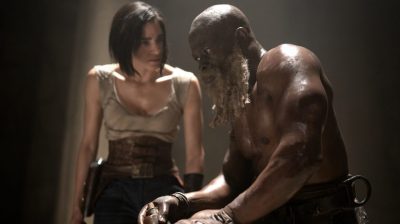
However, instead of winning a race, Tarak has to tame the flying beast, named Beatrice. The feat feat is just lame, with every eye-rolling touchy feely horse-whispering. It’s just awkward and it becomes awkward in slow motion. Tarak riding this creature is reminiscent of Perseus riding Pegasus in the 1981 classic “Clash of the Titans.”
Instead of telling a better story, he rushes through scenes with clunky unmemorable exposition to get to the climax. Let’s not forget the climax is a bit ruined because Snyder is always messing with the tempo of the fight scenes, injecting slow motion everywhere. Both films were in desperate need of a fight choreographer like Ip Man’s Donnie Yen or John Wick’s Jeremy Marinas. Just someone to help Snyder get out of his own way. The fights are lackluster and need better choreography.
One of the coolest characters in both films suffers terribly from this. Nemesis, played by Bae Noona, is a stoic ronin-like character, who wields dual glowing blades (think lightsabers, but without the copyright violation). Watching her fight scenes are painful, When Snyder isn’t slapping the slow motion on, her fighting is actually … just slow. “John Wick” has really spoiled me.
Multiple personalities
It also doesn’t help that I can’t figure out what kind of movies Snyder wants these to be. The universe Kora is traversing, is a brain-melting mish mash of SciFi and fantasy tropes. Frankly, it’s schizophrenic. We get orcs (feel the strong WETA FX workshop vibes), a gryphon, norse villages and old west saloons. If I had been walking through the room and not paying attention, I would have thought someone had been flipping channels. “Vikings?“ “Firefly?” “Rogue One?” “John Carter?”
I understand that a lot of movies aren’t concerned with the continuity of various worlds. Look at “Guardians of the Galaxy.” Each planet is unique and strangely different, but that is the point they are completely different and untethered. On top of that each planet visited has a main species or society, like Earth has Terrans (humans), Xandar has the Xandarians; different governments, and different allegiances.
In Rebel Moon I and II, we’re treated to an entire series of worlds all under the control of the Motherworld, more like Star Wars with the Empire. Unlike Rebel Moon I and II, Star Wars’ various systems have an underlying structure. There is a base technology that persists throughout the galaxy, base knowledge and interaction. If we’re treated to a saloon scene, it doesn’t look and feel like it’s been plucked from a spaghetti western, it feels like it belongs in that universe.
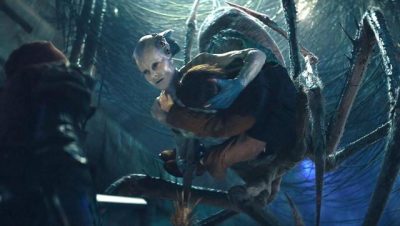
Back to the basics
A good story would make it ok, but Snyder rushes so much, characters go full Leroy Jenkins, leaping directly into the main conflict and the audience barely realizes why we’re all here. In Rebel Moon II, this rush is represented by clunky montages, borrowing heavily from the same tropes found in “Seven Samurai” and “Magnificent Seven.”
Let’s not forget the bags of flour that are simultaneously the center of the conflict, but also not. Everything popped off because Noble wanted grain. We are shown he has the power to raze entire planets with the dreadnought’s big guns. So why fight these farmers at all? Just blow them up. I can just see Snyder in the writers room flippantly saying “Just use this flour that we mentioned in the first movie. Can’t eat bread if it’s blown up.”
This concept could work, if the movie were set in a pre-industrial era, where soldiers had to literally march everywhere. If that is the case, show us the evidence. Where are the soldiers who are forced to boil boot leather for food? Where are the gaunt intense starving faces? The audience is then left to believe that this huge ship, with interstellar travel capabilities and a galactic bankroll, can’t just roll up to another planet for supplies. Lazy writing.
It seems he forgot basic storytelling concepts in his rush to complete part I, only to remember it halfway through part II. Like an amnesiac, he forgets again and leaps headlong into the main conflict, only to remember near the end he hasn’t told us everything and that he has to set up future movies. We barely meet this universe’s Lord Palpatine character at all and somehow, he’s supposed to be memorable or menacing? Barely met the man.
There is a movie trapped in the mess. I can see it. Get an editor, lose the slow motion, and tie Snyder to a chair. Make a Snyder-less cut and make a single 2 hour movie called “Rebel Moon: Scargiver of fire.”

